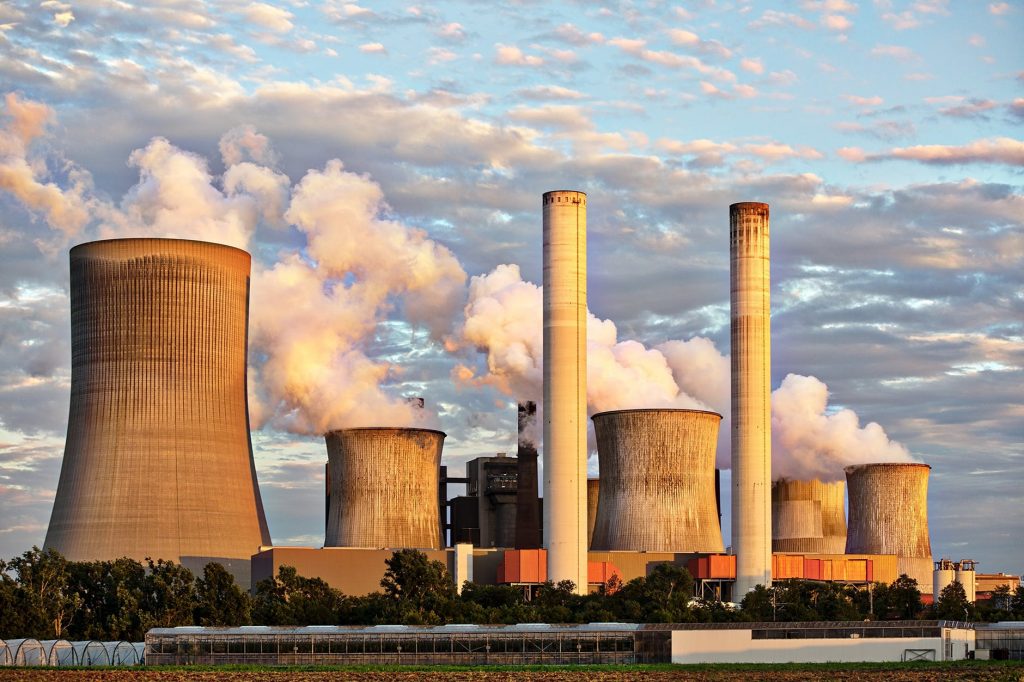The D.C. Circuit issued a decision late last week ordering the Environmental Protection Agency (EPA) to rewrite a rule implementing a portion of the Clean Air Act (CAA) after the court determined that the current EPA rule violates the CAA.
In State of Wisconsin v. EPA, 2019 WL 4383259 (D.C. Cir. 2019), plaintiffs challenged EPA’s regulation implementing what is known as the Good Neighbor provision of the CAA. Plaintiffs argued, and the court agreed, that EPA’s regulation was too lenient to enforce the statute in the way that it was written.
Clean Air Act and The Good Neighbor Provision
The Good Neighbor provision of the CAA is an important tool for accomplishing the statute’s goal of reducing overall air pollution. Under the CAA, EPA is charged with setting national ambient air quality standards (NAAQS), which are standards indicating how much of a specific pollutant is safe to be in the atmosphere. Individual NAAQS are developed for different pollutants, and EPA currently has six NAAQS developed for six different pollutants. To comply with the CAA, individual states are required to ensure that their ambient air quality complies with the NAAQS set by EPA. To achieve that requirement, the CAA mandates that states adopt State Implementation Plans (SIPs) outlining how the state will reduce its pollution emissions to come into compliance with federal standards.
However, coming into federal compliance can pose a challenge to states that are downwind from other states. Pollution from upwind states often drifts into otherwise compliant downwind states, affecting the ambient air quality of those states. This means that downwind states would have to drastically cut their own emissions to shoulder the additional pollutants from upwind states. The Good Neighbor provision of the CAA requires EPA to address this interstate migration of air pollution that affects the ability of downwind states to come into federal compliance. The provision prohibits states from “emitting any air pollutant in amounts” that will “contribute significantly to nonattainment” or “interfere with maintenance” of air quality in other states. 42 USC § 7410(a)(2)(D)(i).
Challenging EPA’s Good Neighbor regulations
Over the years, EPA has passed numerous regulations implementing the Good Neighbor provision. The most recent regulation, issued in 2016, is the subject of the D.C. Circuit decision. The biggest issue before the court was one of timing. EPA’s 2016 rule failed to set a deadline for when upwind states had to come into compliance. Plaintiffs argued that this was in direct contradiction to the text of the CAA which established that areas in nonattainment had until July 20, 2018 to comply with EPA’s NAAQS. By not requiring upwind states to eliminate their contributions to downwind air pollution by the date specified in the CAA, plaintiffs argued that EPA’s rule was in violation of the statute.
The court agreed with the plaintiffs that EPA’s regulations violated the CAA. In its opinion, the court concluded that by failing to include a deadline by which upwind states had to eliminate their contributions to downwind areas, EPA had essentially set a separate timeframe for when upwind and downwind states were required to come into compliance. According to the court, this was a violation of the both the text and scheme of the CAA.
Although the court concluded that EPA’s 2016 rule was a violation of the CAA, it did not order EPA to vacate the rule, citing the court’s general rule that it will not vacate regulations when doing so would risk significant harm to the public or the environment. While refusing to vacate the rule, the court has ordered EPA to promulgate a new rule that would set deadlines in compliance with the CAA. Plaintiffs urged the court to impose on EPA a six-month timeframe to publish a new rule. However, the court refused to do so.
Impacts on Ag.
One of the six NAAQS that EPA has identified is particulate matter. Some of the many sources of particulate matter include prescribed burning, operation of vehicles and machinery, and a variety of other agricultural activities. States seeking to come into compliance with NAAQS may look to reduce emissions of particulate matter associated with agricultural operations. Such requirements would be published in SIPs after EPA promulgates its new rule.
To read the full opinion click here.
To learn more about the Clean Air Act click here.
